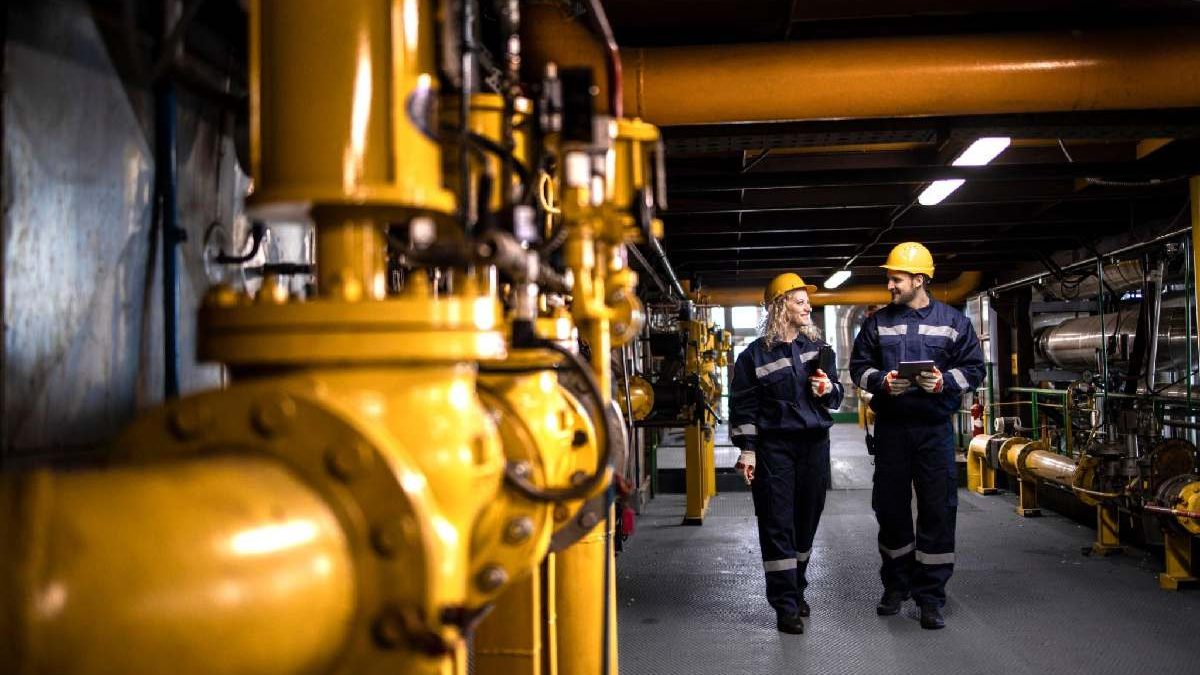The oil and gas industry is a complex and multifaceted sector that relies on specialized tools and equipment to extract valuable hydrocarbon resources from beneath the Earth’s surface. Among these tools, oil rig drill bits play a critical role in drilling operations. In this article, we will explore the essential oilfield tools used in the oil and gas industry, with a particular focus on oil rig drill bits, their types, functions, and specific applications.
Table of Contents
Oil Rig Drill Bits: The Basics
Oil rig drill bits are indispensable components of drilling operations, responsible for cutting and crushing rock formations during the drilling process. They are designed to withstand the demanding conditions encountered in oil and gas wells, including high temperatures, high pressures, and abrasive formations. Different types of drill bits are used based on the specific characteristics of the well and the geological formations being drilled.
The primary function of an oil rig drill bit is to create a borehole by cutting or grinding through rock formations. This allows for the insertion of drilling fluids, extraction of rock samples, and ultimately the extraction of oil or gas from the reservoir. Drill bits are often made of strong and durable materials, such as tungsten carbide or diamond, to ensure their longevity and performance in challenging drilling environments.
Types of Oil Rig Drill Bits
1. Roller Cone Bits
Roller cone bits, also known as tricone bits, are among the most commonly used types of oil rig drill bits. They consist of three cones, each equipped with rows of hardened steel teeth or tungsten carbide inserts. As the drill string rotates, these cones roll along the bottom of the wellbore, cutting through rock formations.
Roller cone bits are versatile and suitable for drilling various formations, including soft, medium, and hard formations. The teeth or inserts on the cones are designed to optimize cutting efficiency based on the specific rock types encountered during drilling. They can be further classified into different designs, such as milled tooth bits and tungsten carbide insert (TCI) bits, based on the type of cutting structure.
2. Polycrystalline Diamond Compact (PDC) Bits
Polycrystalline Diamond Compact (PDC) bits have gained significant popularity in the oil and gas industry due to their exceptional performance in drilling applications. PDC bits consist of a diamond matrix bonded to a tungsten carbide substrate, forming a robust cutting structure. The diamond cutting elements on the bit face provide high durability and enhanced drilling efficiency.
PDC bits are particularly effective in drilling through soft to medium-hard formations. Their unique design allows for increased drilling speed and improved rate of penetration (ROP). They are well-suited for drilling shale, limestone, and sandstone formations, where their cutting efficiency and durability shine.
3. Diamond Bits
Diamond bits are at the forefront of drilling technology, leveraging the exceptional hardness and wear resistance of diamonds. These bits utilize industrial-grade synthetic diamonds embedded in the bit’s cutting surface to achieve unparalleled drilling performance.
Diamond bits are primarily used in drilling extremely hard formations, including granite, basalt, and other abrasive rocks. They offer excellent durability, extended lifespan, and high ROP in these challenging environments. While diamond bits are highly effective, they are also expensive and reserved for specialized drilling applications where their unique capabilities are essential.
Other Essential Oilfield Tools
1. Mud Motors
Mud motors, also known as drilling motors or downhole motors, are critical tools used in oil drilling operations. These motors are positioned above or below the drill bit and are powered by drilling fluid flow, providing rotational power to the bit. Mud motors allow for controlled directional drilling, enabling the creation of deviated or horizontal wells.
These motors provide flexibility in well design and help maximize reservoir contact, allowing operators to access hard-to-reach areas and increase productivity. They offer precise steering capabilities, making them essential in drilling complex well trajectories.
2. Drill Collars
Drill collars are heavy, thick-walled tubular components placed between the drill pipe and the drill bit. These rigid collars add weight to the drill string, which helps maintain downward force during drilling operations and ensures efficient drilling performance. Drill collars also provide stability and prevent the drill string from buckling under the immense pressure encountered in deep wells.
Furthermore, drill collars aid in the transmission of rotational torque from the drilling rig to the drill bit, enabling efficient rock cutting and drilling progress. They are typically made of high-strength steel and are an integral part of the drill string assembly.
3. Drill Pipes
Drill pipes are hollow, steel tubes used to convey drilling fluids from the surface to the drill bit. They provide a conduit for the circulation of drilling mud, which cools the bit, carries rock cuttings to the surface, and helps maintain wellbore stability. Drill pipes also transmit rotational torque from the drilling rig to the drill bit, facilitating the drilling process.
These pipes are connected end-to-end to form the drill string, which extends from the surface to the bottom of the wellbore. Drill pipes are subjected to high tensile and compressive forces during drilling operations, and as such, they are manufactured with high-strength steel to withstand these demanding conditions.
The Right Bit Means Everything
The oil and gas industry heavily relies on specialized tools and equipment to carry out efficient and successful drilling operations. Oil rig drill bits, in particular, are fundamental in creating boreholes, cutting through rock formations, and extracting valuable hydrocarbon resources. Understanding the different types of oil rig drill bits, along with other essential tools such as mud motors, drill collars, and drill pipes, allows industry professionals to optimize drilling processes, improve productivity, and maximize the recovery of oil and gas reserves. The continuous advancement of oilfield tools ensures that drilling operations can be conducted with precision, safety, and efficiency, leading to the exploration and extraction of energy resources worldwide.


